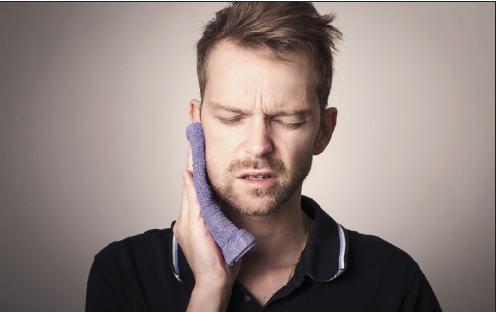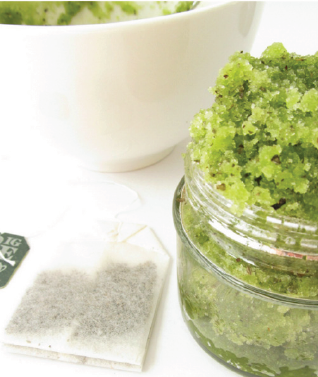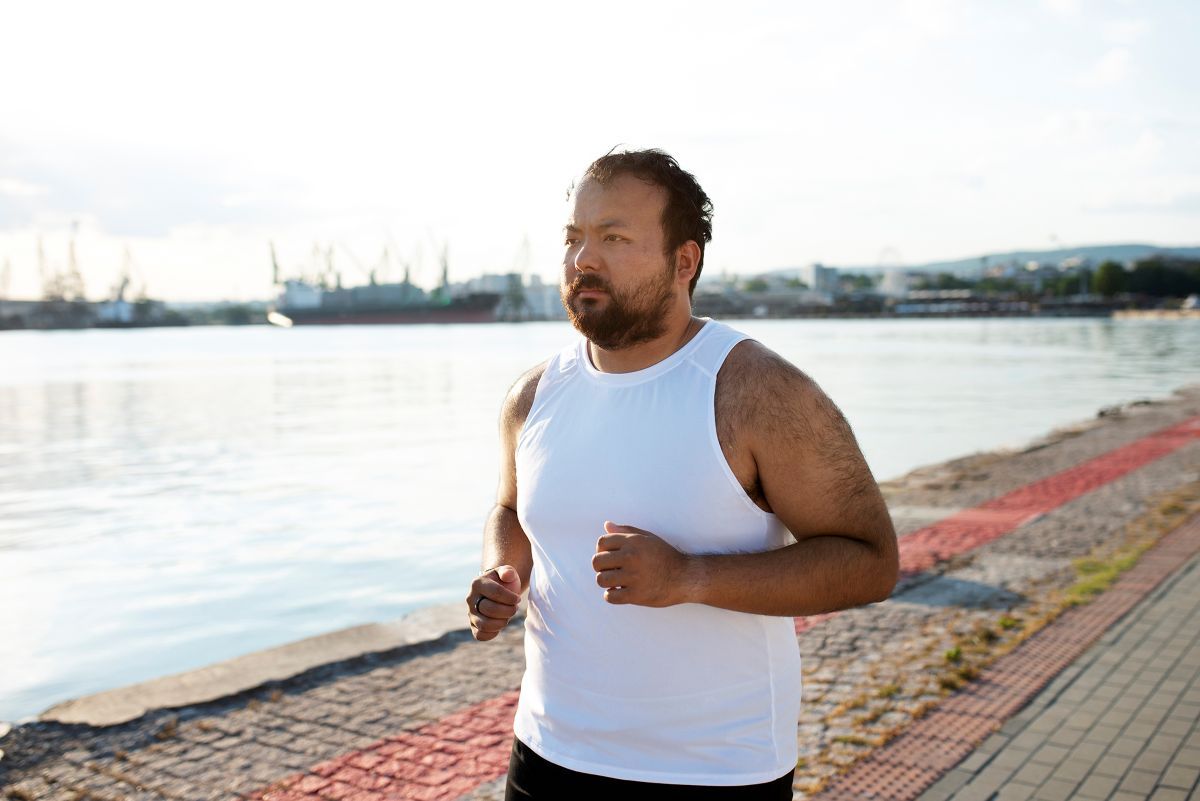People experiencing pain due to a temporomandibular joint (TMJ) disorder can try a range of exercises to relieve it. These exercises can improve jaw strength and mobility.
TMJ disorders are a group of conditions affecting the muscles and bones of the jaw. They cause pain in the joint that connects the jaw to the skull and allows a person to open and close their mouth. The pain can stem from the muscles responsible for moving the joint or the joint itself.
Noninvasive or conservative therapies can reduce pain and stiffness from TMJ disorders. These might include exercises that can help improve the strength or function of the jaw.
What causes TMJ disorders?
The TMJ, or the temporomandibular joint, allows the jaw to move when a person is eating, talking, or yawning. The joints, muscles, and ligaments that control the jaw are on either side of it.
According to the American Dental Association, each joint has a disk inside that provides cushioning as the jaw moves. Any misalignment in the system of muscles, ligaments, and the disk can cause pain, stiffness, or discomfort in the TMJ.
The TMJ Association states that common causes of TMJ disorders include:
trauma to the jaw
dental surgery
the insertion of a breathing tube during surgery
autoimmune disease
infections
Other possible causes include arthritis and clenching or grinding the teeth.
The National Institute of Dental and Craniofacial Research (NIDCR) adds that the exact cause of TMJ disorders is not always clear, noting that some injuries can cause them. These injuries may affect the:
joint itself
disk within the joint
muscles or ligaments responsible for moving the jaw
6 exercises for relieving TMJ pain
Some people might find that certain exercises that stretch or strengthen the jaw reduce pain from TMJ disorders.
Below, are six exercises that might help minimize symptoms and explain how to perform them.
However, it is best to discuss exercises with a doctor or physical therapist before starting. A person should always stop performing any exercise if it worsens the pain or discomfort.
1. Resisted mouth closing
Resisted mouth closing involves applying some pressure to the chin while closing the mouth. To perform the exercise:
- Place the thumbs under the chin.
- Place the index fingers between the ridge of the mouth and the bottom of the chin.
- Use the fingers and thumbs to apply gentle downward pressure to the chin while closing the mouth.
2. Resisted mouth opening
A person can also apply gentle pressure to the chin while opening their mouth. To perform the exercise:
- Place two fingers under the chin and open the mouth slowly while applying gentle pressure with the fingers.
- Hold for 3–6 seconds.
- Slowly close the mouth.
3. Side-to-side jaw movement
This exercise involves moving the jaw from side to side to strengthen the muscles:
- Gently bite down with the front teeth on an object that is about one-quarter of an inch thick, such as two tongue depressors.
- Slowly move the jaw from side to side.
- Increase the thickness of the object once the exercise becomes easier.
4. Tongue up
The tongue up exercise involves slowly opening and closing the mouth while maintaining contact with the roof of the mouth.
A person should repeat this movement several times.
5. Forward jaw movement
This exercise also requires a thin object. A person can follow these steps:
- Gently hold an object that is about one-quarter of an inch thick between the front teeth.
- Move the jaw forward so that the bottom teeth are in front of the top teeth.
- As the exercise becomes easier, replace the object with a thicker one.
6. Oxford University Hospitals Exercise
Oxford University Hospitals recommends the following routine to strengthen the jaw muscle and prevent clicking in the jaw joint.
A person can perform this exercise sequence for 5 minutes, twice a day:
- Close the mouth and let the teeth touch without clenching them. Place the tip of the tongue on the palate right behind the upper front teeth.
- Run the tip of the tongue back toward the soft palate until it cannot reach further while keeping the teeth together.
- Hold the tongue here against the soft palate and slowly open the mouth until the tongue starts to pull away. Hold the position for 5 seconds, then close the mouth and relax.
- Repeat the steps for 5 minutes.
When to contact a doctor
People experiencing pain from TMJ disorders should talk with a doctor about possible treatment options. A doctor can recommend a physical therapist, who can work with the person to develop a tailored exercise program for improving jaw strength and flexibility.
Some people will not find these exercises effective in relieving pain. In these cases, doctors may suggest medications or other therapies to alleviate the pain. In severe cases, they might recommend surgery, although they tend to view this as a last resort.
The NIDCR warns that the possible benefits of surgery might not outweigh the risks, which include permanent jaw damage and replacement joints breaking or not functioning properly.
Exercises for TMJ pain are generally safe and can reduce symptoms for some people. They are easy for a person to perform at home each day.
It is best to talk with a doctor or physical therapist for more guidance on what exercises are suitable. Doctors may also recommend medical treatments if the exercises do not reduce symptoms.
Medically reviewed by Gregory Minnis, DPT — Written by Jenna Fletcher
Source: https://www.medicalnewstoday.com/articles/exercises-for-tmj-pain?
Lawson, E. (2015). TMJ exercises: Information for patients.
https://www.ouh.nhs.uk/patient-guide/leaflets/files/12128Ptmj.pdf
Temporomandibular joint (TMJ) pain. (2007).
https://www.aafp.org/afp/2007/1115/p1483.html
TMJ basics. (n.d.).
TMJ. (n.d.).
https://www.mouthhealthy.org/en/az-topics/t/tmj
TMJ (temporomandibular joint & muscle disorders). (2018).
https://www.nidcr.nih.gov/health-info/tmj/more-info
Exclusive content from CARE Magazine








